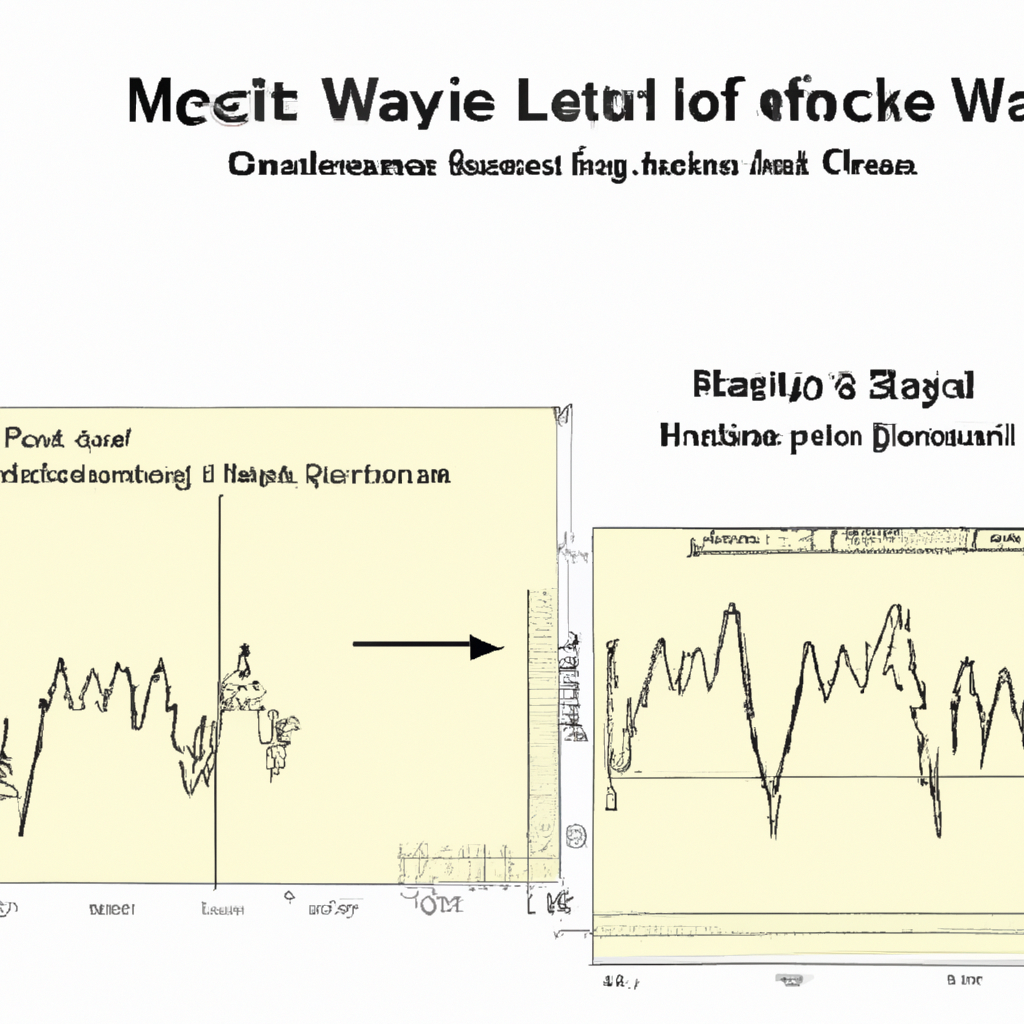Elliott Wave Analysis Methods: A Comprehensive Guide
Introduction
Elliott Wave analysis is a powerful tool used by traders and investors to forecast future price movements in financial markets. Developed by Ralph Nelson Elliott in the 1930s, this methodology is based on the idea that market prices move in repetitive patterns, driven by investor psychology. In this article, we will explore the different methods used in Elliott Wave analysis and how they can be applied to enhance trading decisions.
1. Wave Identification
The first step in Elliott Wave analysis is identifying the different waves within a price chart. This involves recognizing the two main types of waves: impulse waves and corrective waves.
2. Impulse Waves
Impulse waves are the main directional movements within a trend. They consist of five sub-waves labeled as 1, 2, 3, 4, and 5. Waves 1, 3, and 5 represent the upward or downward trend, while waves 2 and 4 are corrective waves that retrace a portion of the previous impulse wave.
3. Corrective Waves
Corrective waves are counter-trend movements that occur between impulse waves. They consist of three sub-waves labeled as A, B, and C. Corrective waves aim to retrace a portion of the previous impulse wave before the trend resumes.
4. Fibonacci Retracement
Fibonacci retracement is a popular tool used in Elliott Wave analysis to determine potential reversal levels. Traders plot horizontal lines at key Fibonacci ratios (typically 38.2%, 50%, and 61.8%) on a price chart to identify areas where corrective waves may end and the next impulse wave may begin.
5. Wave Extensions
Wave extensions occur when a particular wave within a trend is longer than expected. This phenomenon often indicates strong buying or selling pressure. Traders can use Fibonacci extension levels to anticipate potential price targets for wave extensions.
6. Wave Relationships
Elliott Wave analysis also considers the relationships between different waves. For example, Wave 3 is often the longest and strongest wave within an impulse, while Wave 2 typically retraces around 50-61.8% of Wave 1. Understanding these relationships can provide valuable insights into the potential future direction of a market.
7. Confirmation Indicators
To increase the reliability of Elliott Wave analysis, traders often use additional confirmation indicators. These can include oscillators like the Relative Strength Index (RSI) or moving averages to validate the wave count and identify potential entry or exit points.
8. Wave Count Alternatives
Sometimes, Elliott Wave analysis can be subjective, and different analysts may have varying wave counts. It is important to consider alternative wave counts and assess the probability of each scenario. This can be done by analyzing price action, volume, and other technical indicators.
Conclusion
Elliott Wave analysis provides traders with a systematic approach to understanding market trends and forecasting future price movements. By identifying and analyzing different waves, using Fibonacci retracement and extensions, and considering wave relationships, traders can gain a deeper understanding of market dynamics. However, it is essential to remember that Elliott Wave analysis is not foolproof and should be used in conjunction with other technical and fundamental analysis tools for comprehensive decision-making.
